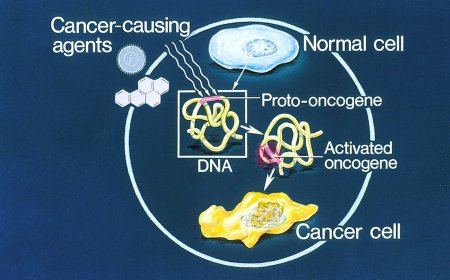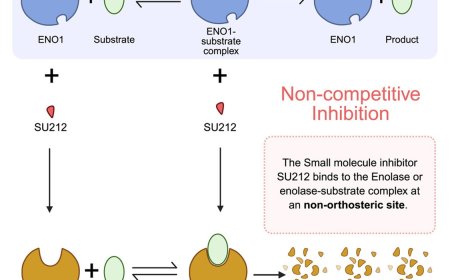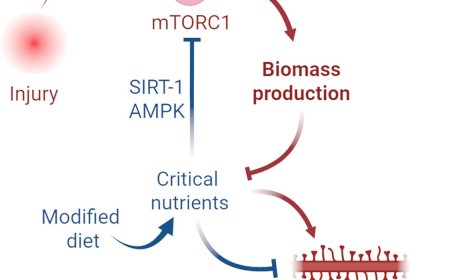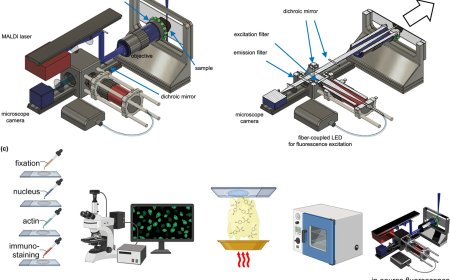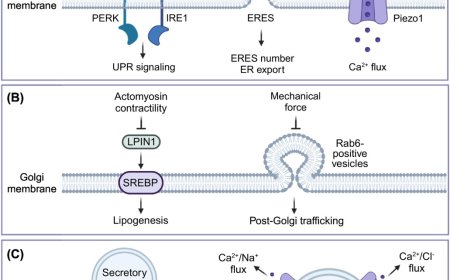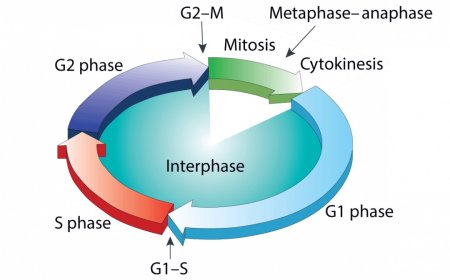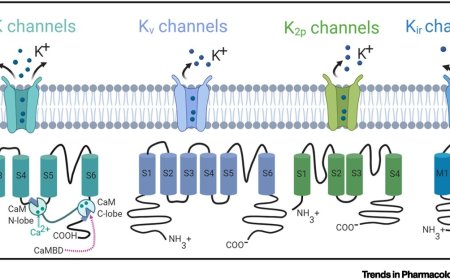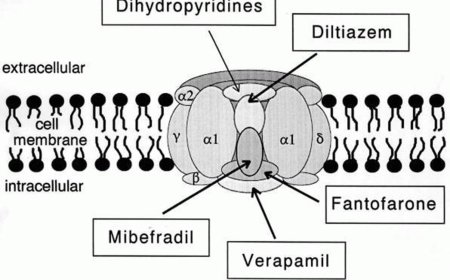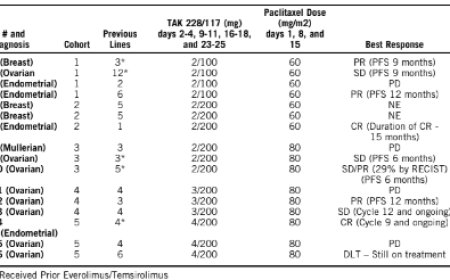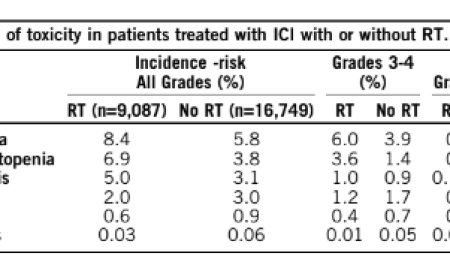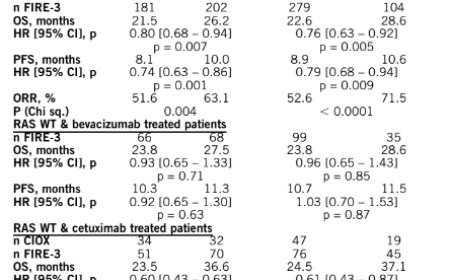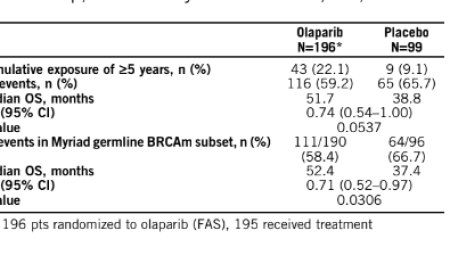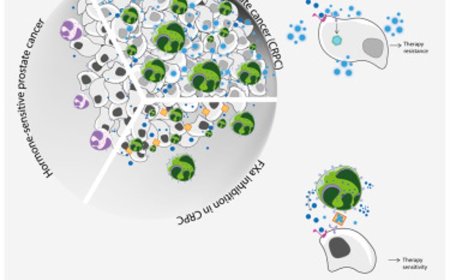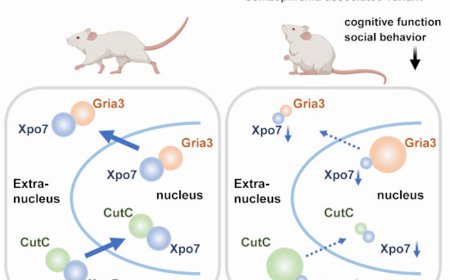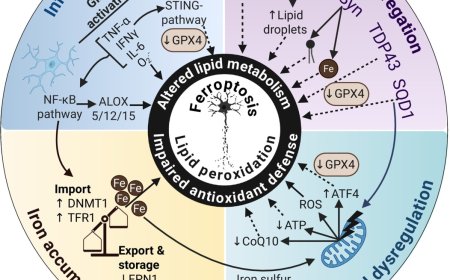Mechanisms underlying formaldehyde toxicity and response

An environmental pollutant, formaldehyde (FA), is also an endogenous metabolite produced in cells from central metabolic pathways, reacts with biomolecules like nucleic acids and proteins, leading to cellular damage.
FA plays a key role in one-carbon metabolism that impacts cellular redox homeostasis and differentiation processes.
FA is also implicated in various human conditions associated with inherited mutations in genes coding for FA-counteracting factors such as Fanconi anemia and AMeD, Ruijs-Aalfs, and Cockayne syndromes.
The researchers discuss in this review emerging mechanistic advances in FA biology and their implications for human health, and highlights unresolved questions in the field.
https://www.cell.com/molecular-cell/fulltext/S1097-2765(25)00360-0
https://sciencemission.com/mechanisms-underlying-formaldehyde-toxicity
